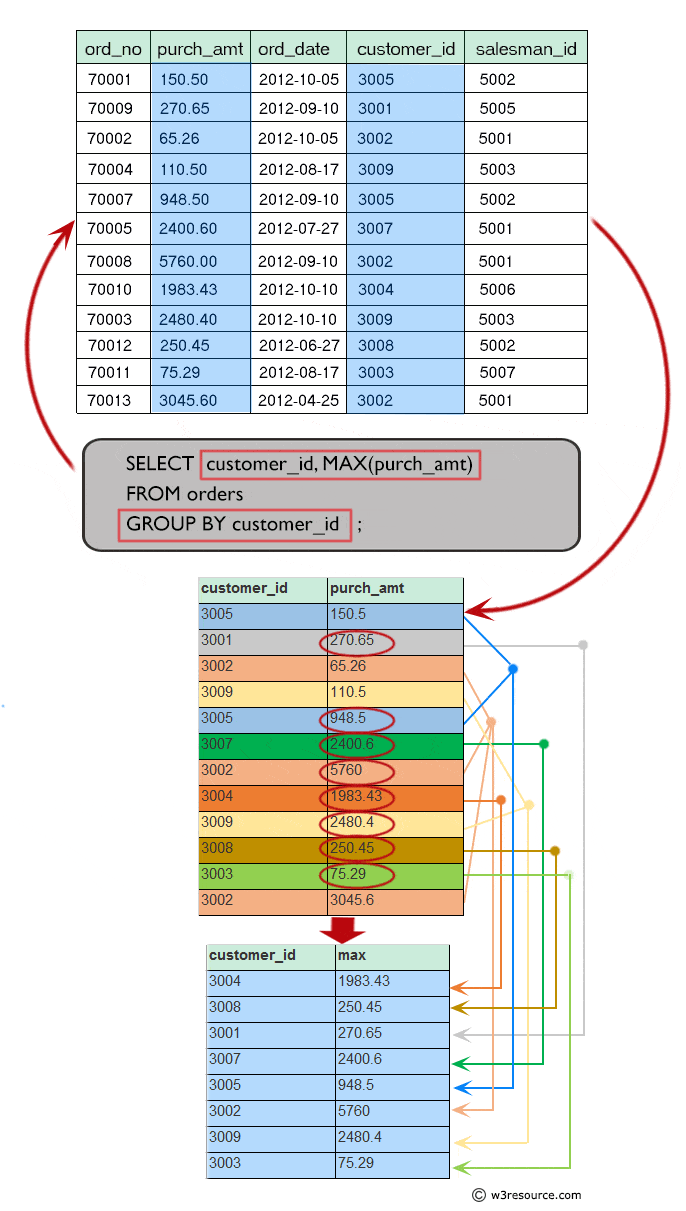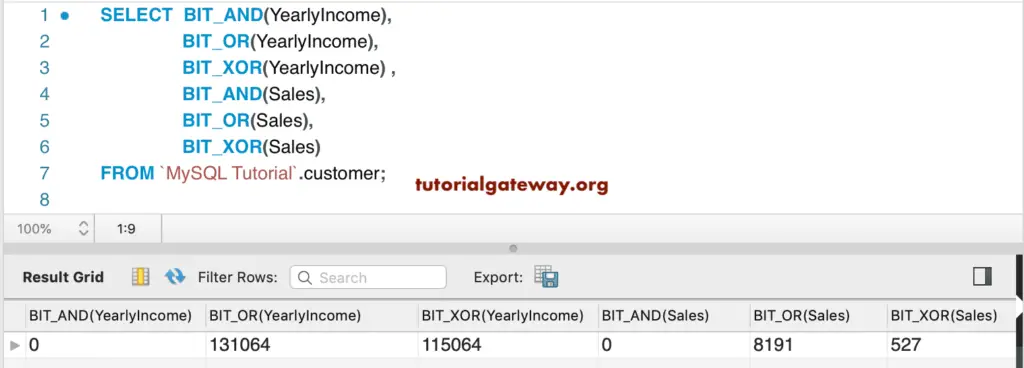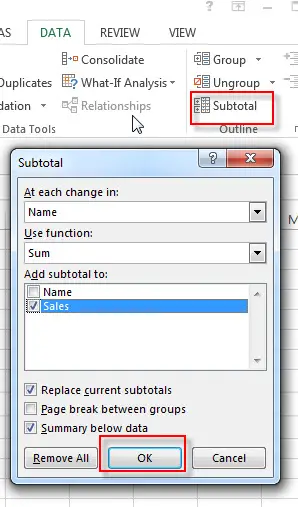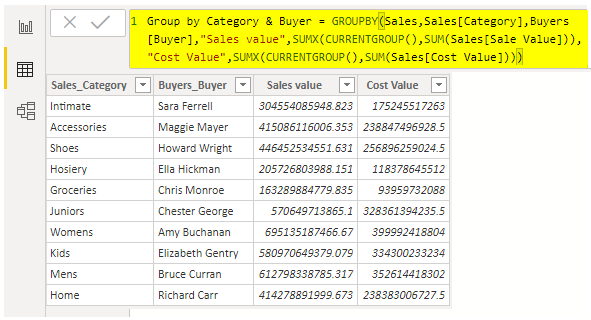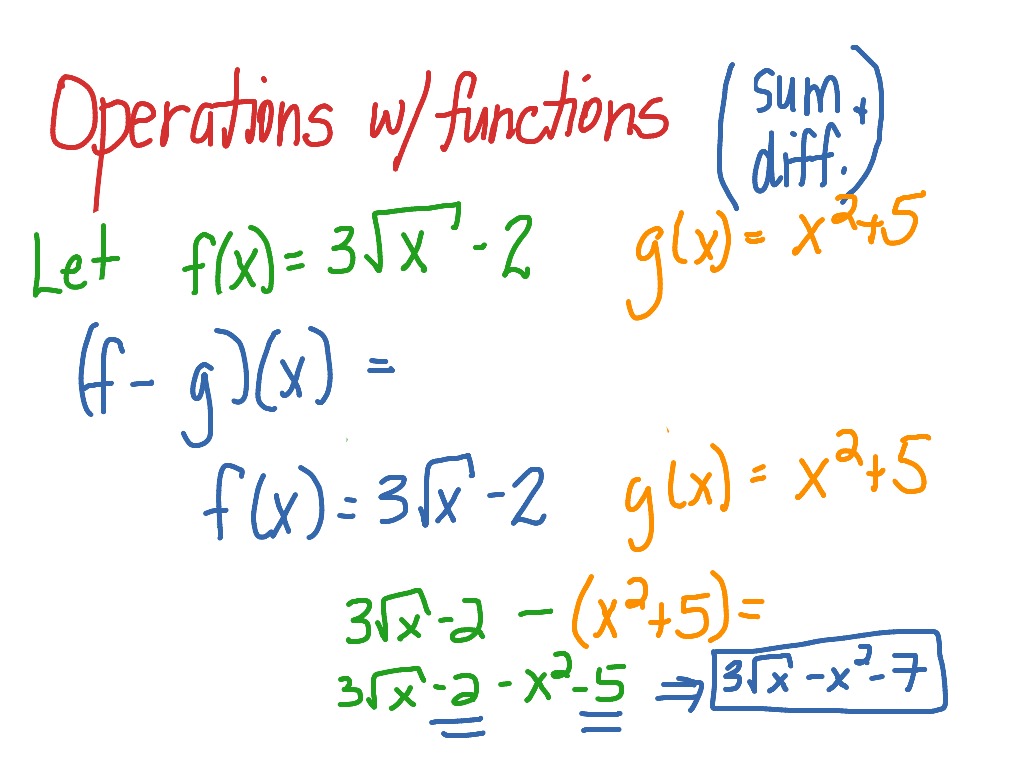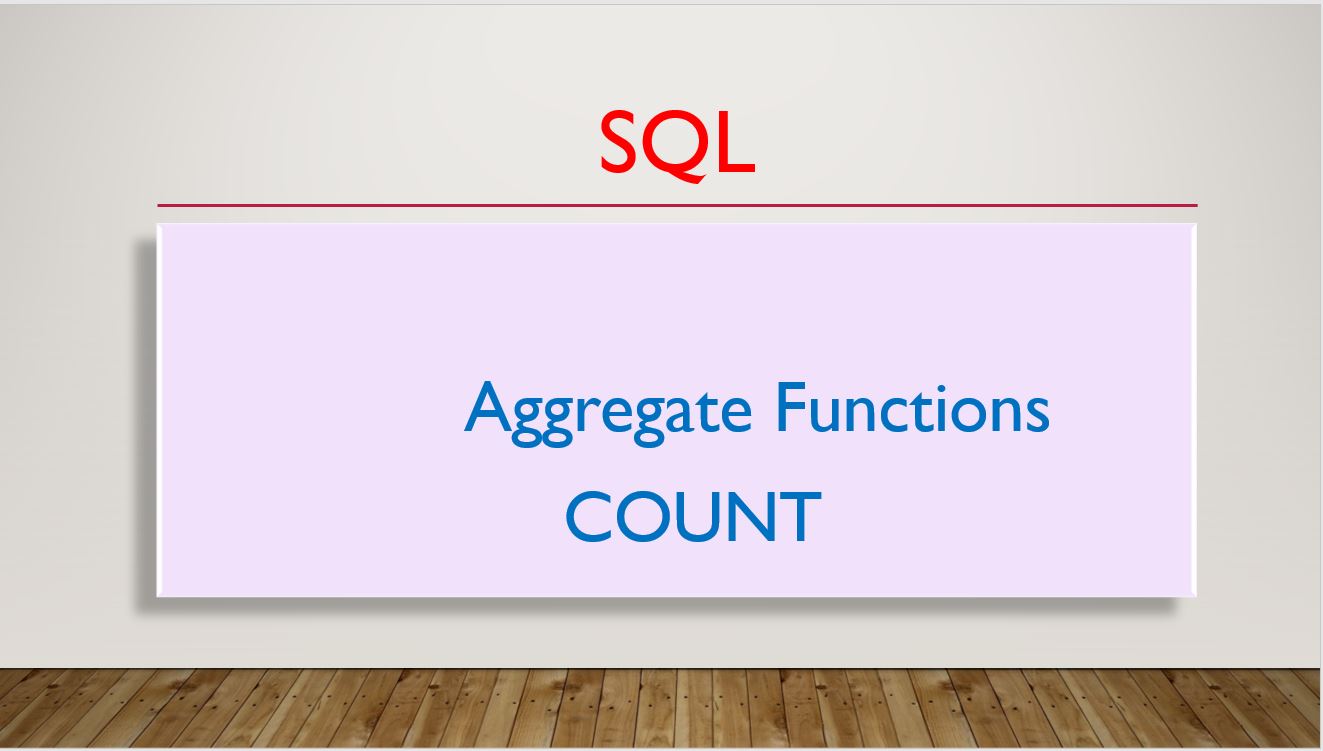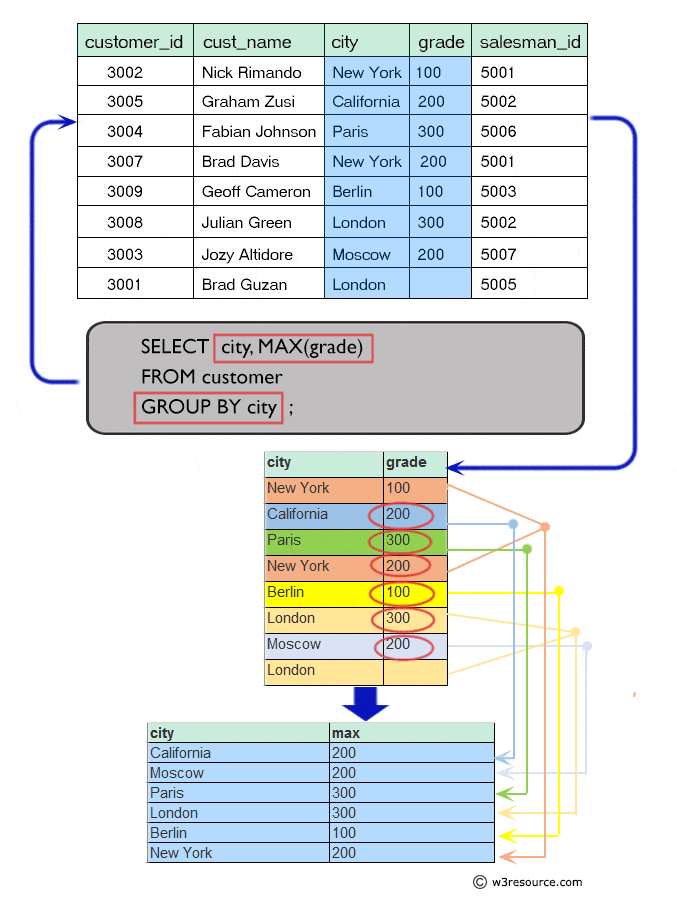You can also use the having clause with the Transact-SQL extension that allows you to omit the group by clause from a query that includes an aggregate in its select list. The having clause excludes non-matching rows from the result group.,A query with a having clause should also have a group by clause. Having acts like where because it affects the rows in a single group rather than groups, except the having clause can still use aggregates.
The sum() and total() aggregate functions return sum of all non-NULL values in the group. If there are no non-NULL input rows then sum() returns NULL but total() returns 0.0. The non-standard total() function is provided as a convenient way to work around this design problem in the SQL language. And finally, we will also see how to do group and aggregate on multiple columns. The mathematics for aggregate functions can be quite simple, such as finding the average gross domestic product growth for the U.S. over the last 10 years. The math is doable with pencil and paper, but imagine trying to do that calculation for a data set containing GDP figures for every country in the world.
In this case, an excel sheet greatly reduces the processing time and a programmatic solution like modeling software is even better. This type of processing power has greatly helped economists in performing suites of aggregate functions on massive data sets. An aggregate function takes multiple rows as an input and returns a single value for these rows. Some commonly used aggregate functions are AVG(), COUNT(), MIN(), MAX() and SUM().
For example, the COUNT() function returns the number of rows for each group. The AVG() function returns the average value of all values in the group. The group by clause allows aggregate functions to be performed on subsets of the rows in the table. The GROUP BY clause arranges rows into groups and an aggregate function returns the summary (count, min, max, average, sum, etc.,) for each group. Expression_n Expressions that are not encapsulated within an aggregate function and must be included in the GROUP BY Clause at the end of the SQL statement. Aggregate_function This is an aggregate function such as the SUM, COUNT, MIN, MAX, or AVG functions.
Aggregate_expression This is the column or expression that the aggregate_function will be used on. Tables The tables that you wish to retrieve records from. There must be at least one table listed in the FROM clause.
These are conditions that must be met for the records to be selected. The expression used to sort the records in the result set. If more than one expression is provided, the values should be comma separated. ASC sorts the result set in ascending order by expression. This is the default behavior, if no modifier is provider.
DESC sorts the result set in descending order by expression. This account also explains the use of the HAVING clause which lets you restrict a result set according the the value returned by a list of aggregate functions. Aggregate functions perform a calculation on a set of values and return a single value. Analytic functions compute an aggregate value based on a set of values, and, unlike aggregate functions, can return multiple rows for each set of values. Throughout this documentation, we refer to queries that contain aggregate functions as aggregate queries, and queries that contain analytic functions as analytic queries.
Econometrics and other fields within the discipline use aggregate functions daily, and they sometimes recognize that in the name of the resulting figure. Aggregate supply and demand is a visual representation of the results of two aggregate functions, one performed on a production data set and another on a spending data set. This type of visualization or modeling helps show the current state of the economy and can be used to inform real-world policy and business decisions. However, aggregate functions take the values of a column from a group of rows and return the result as a single value. Window functions take the values of a column from a group of rows and return a value for each row.
An aggregate function can be specified in a window function. A window function cannot be specified in an aggregate function. SUM can be used as either an aggregate function or a window function. Aggregate functions perform a computation against a set of values to generate a single result. For example, you could use an aggregate function to compute the average order over a period of time.
Aggregations can be applied as standard functions or used as part of a transformation step to reshape the data. In any aggregate function that takes a single argument, that argument can be preceded by the keyword DISTINCT. In such cases, duplicate elements are filtered before being passed into the aggregate function. For example, the function "count" will return the number of distinct values of column X instead of the total number of non-null values in column X. The HAVING clause is used to further filter the result set groups provided by the GROUP BY clause.
HAVING is often used with aggregate functions to filter the result set groups based on an aggregate property. The given query will select only the records from only years where more than 5 movies were released per year. The GROUP BY clause will group records in a result set by identical values in one or more columns. It is often used in combination with aggregate functions to query information of similar records.
The GROUP BY clause can come after FROM or WHERE but must come before any ORDER BY or LIMIT clause. The GROUP BY clause is a SQL command that is used to group rows that have the same values. Optionally it is used in conjunction with aggregate functions to produce summary reports from the database. The aggregate function simply refers to the calculations performed on a data set to get a single number that accurately represents the underlying data. Thanks to computers, aggregate functions can handle ever larger and more complex data sets.
With the help of these functions you can count, add or calculate the average of your data available in your databases. There is one thing you should remember when using aggregate functions is that it should always be used together with group by clause. One of the most basic analysis functions is grouping and aggregating data. In some cases, this level of analysis may be sufficient to answer business questions. In other instances, this activity might be the first step in a more complex data science analysis.
In pandas, the groupbyfunction can be combined with one or more aggregation functions to quickly and easily summarize data. This concept is deceptively simple and most new pandas users will understand this concept. However, they might be surprised at how useful complex aggregation functions can be for supporting sophisticated analysis. When used like this, an aggregate function returns a single summary value for each grouped collection of column values.
An aggregate function allows you to perform a calculation on a set of values to return a single scalar value. We often use aggregate functions with the GROUP BY and HAVING clauses of the SELECT statement. Pandas comes with a whole host of sql-like aggregation functions you can apply when grouping on one or more columns. This is Python's closest equivalent to dplyr's group_by + summarise logic. Here's a quick example of how to group on one or multiple columns and summarise data with aggregation functions using Pandas.
The Postgres GROUP BY statement aggregates a set of rows so that we can use group-based functions like Avg, Count, Min, Max, and Sum. The GROUP BY statement is used with SELECT to group the records in a Postgres table or view that have a specific data "look". The purpose can be to return values that apply to the group and/or to remove dupes.
Functions for computing a single result from a set of input values. Elasticsearch SQL supports aggregate functions only alongside grouping . The pandas standard aggregation functions and pre-built functions from the python ecosystem will meet many of your analysis needs.
However, you will likely want to create your own custom aggregation functions. If you want to run a query using only aggregate functions, the query will return one row with a column for each field. If you want to run a query using an aggregate function in conjunction with the GROUP BY function, the query will return one row for each value found in the grouped field.
The AVG() aggregate function returns the average value in a column. For instance, to find the average salary for the employees who have less than 5 years of experience, the given query can be used. The SELECT statement used in the GROUP BY clause can only be used contain column names, aggregate functions, constants and expressions. FILTER is a modifier used on an aggregate function to limit the values used in an aggregation. All the columns in the select statement that aren't aggregated should be specified in a GROUP BY clause in the query. The size of the result Array can be limited to a maximum ofksql.functions.collect_set.limit entries and any values beyond this limit are silently ignored.
The size of the result Array can be limited to a maximum ofksql.functions.collect_list.limit entries and any values beyond this limit are silently ignored. It is therefore possible that another user may be performing a transaction that modifies the data while an aggregate calculation is in process. Can include multiple aggregate functions and group columns from the pre-aggregate dataset.
The describe() output varies depending on whether you apply it to a numeric or character column. When selecting groups of rows from the database, we are interested in the characteristics of the groups, not individual rows. Therefore, we often use aggregate functions in conjunction with the GROUP BY clause. The above select statement specifies two columns, dept and emp_age, but only emp_age is referenced by the aggregate function, avg. The most common aggregation functions are a simple average or summation of values. As of pandas 0.20, you may call an aggregation function on one or more columns of a DataFrame.
The aggregate functions do not include rows that have null values in the columns involved in the calculations; that is, nulls are not handled as if they were zero. Using colDef.aggFunc is the preferred way of doing aggregations. However you may find scenarios where you cannot define your aggregations with respect to individual column values. For that reason, you can take control of the row aggregation by providing a groupRowAggNodes function as a grid callback. The max() aggregate function returns the maximum value of all values in the group. The maximum value is the value that would be returned last in an ORDER BY on the same column.
Aggregate max() returns NULL if and only if there are no non-NULL values in the group. The following table provides a list of the aggregate functions that you can use in queries. The Oracle Function column contains the function you will need to use if you are using an Oracle schema.
The SQL Server Function column contains the function you will need to use if you are using a SQL Server database. Selecting a link in the table will open the appropriate example drop-down within this topic. The COUNT() aggregate function returns the total number of rows that match the specified criteria. For instance, to find the total number of employees who have less than 5 years of experience, the given query can be used. The GROUP BY clause divides the rows returned from the SELECTstatement into groups. For each group, you can apply an aggregate function e.g.,SUM() to calculate the sum of items or COUNT()to get the number of items in the groups.
Though it's not required by SQL, it is advisable to include all non-aggregated columns from your SELECT clause in your GROUP BY clause. SQL allows the user to store more than 30 types of data in as many columns as required, so sometimes, it becomes difficult to find similar data in these columns. Group By in SQL helps us club together identical rows present in the columns of a table. This is an essential statement in SQL as it provides us with a neat dataset by letting us summarize important data like sales, cost, and salary. If you don't specify GROUP BY, aggregate functions operate over all the records selected. In that case, it doesn't make sense to also select a specific column like EmployeeID.
Postgres now supports the standard which allows any column in a table in the select when the group by columns include the primary keys/unique keys for the table. Aggregate functions deliver a single number to represent a larger data set. The numbers being used may themselves be products of aggregate functions. We'll call columns/expressions that are in SELECT without being in an aggregate function, nor in GROUP BY,barecolumns. In other words, if our results include a column that we're not grouping by and we're also not performing any kind of aggregation or calculation on it, that's a bare column.
As we saw in the above examples, without a GROUP BY, an aggregate function treats the entire result set as a single group and returns a single value. This article will quickly summarize the basic pandas aggregation functions and show examples of more complex custom aggregations. Whether you are a new or more experienced pandas user, I think you will learn a few things from this article.
An aggregate expression represents the application of an aggregate function across rows selected by a query. Besides the function signature, expressions might contain supplementary clauses and keywords. When selecting data from CrateDB, you can use anaggregate function to calculate a single summary value for one or more columns.
It is possible to add your own custom aggregation to the grid. Custom aggregation functions can be applied directly to the column or registered to the grid and reference by name . The min() aggregate function returns the minimum non-NULL value of all values in the group. The minimum value is the first non-NULL value that would appear in an ORDER BY of the column. Aggregate min() returns NULL if and only if there are no non-NULL values in the group. If you use an aggregate function with any other function in a query, one field in the query must contain the GROUP BY function.
In this case, the query will return one row for each equipment type in the facility, with the total maintenance cost for each type. An aggregate function performs a calculation on a group and returns a unique value per group. For example, COUNT() returns the number of rows in each group. Other commonly used aggregate functions are SUM(), AVG() , MIN() , MAX() . The Group By statement is used to group together any rows of a column with the same value stored in them, based on a function specified in the statement. Generally, these functions are one of the aggregate functions such as MAX() and SUM().
